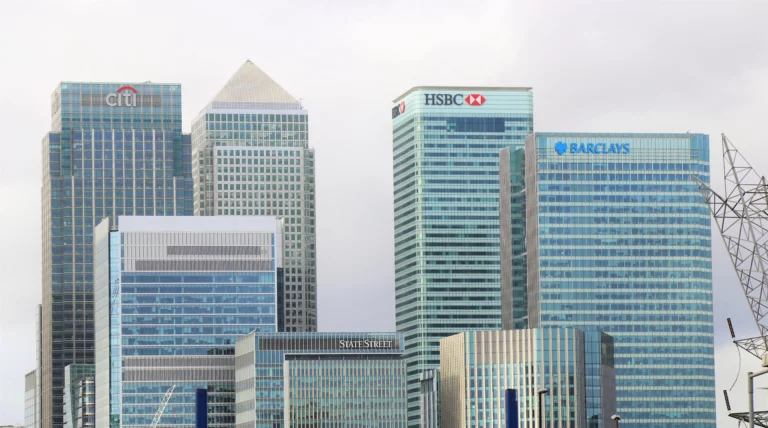
Industrial real estate may not be the first asset class that comes to mind when you think about investing in commercial properties. However, industrial real estate provides many benefits to investors who desire stable cash flow, minimal tenant turnover, and less maintenance.
Over the past handful of years, domestic and global factors have led to an increased demand for manufacturing and warehouse space in the U.S., making industrial properties an in-demand commodity. In this post, we’ll explore the reasons why industrial real estate is a hidden gem in the world of investing, offering diversification benefits and attractive long-term prospects.
Table of Contents
The Rise of Industrial Real Estate in an Era of Reshoring
Demand for industrial space has been elevated for a number of years. For almost a decade, the need for U.S. industrial space was on the rise, when the pandemic and corresponding supply chain woes exacerbated the need for warehousing and manufacturing in the U.S. The pandemic exposed our broken supply chain system and this led to an increase in reshoring and nearshoring trends. Reshoring refers to the practice of companies pulling production back to the U.S. and North America.
According to the Kearney Reshoring Index, “79% of executives with manufacturing capacity in China have already moved part of their manufacturing capacity to the U.S. or plan to in the next 3 years.” As manufacturing returns to the United States, there is an increasing demand for industrial spaces to house production facilities, warehouses, and distribution centers. This surge in demand translates to heightened square footage requirements and reduced vacancy rates, making industrial properties a hot commodity.
Diversification Benefits: A Solid Investment Choice
On the whole, investing in real estate offers investors diversification benefits. One of the main reasons investors choose to diversify into hard assets like industrial buildings is to shield their portfolio from the volatility of the stock market. In an inflationary environment, industrial properties often benefit from increased lease rates and rising property values allowing investors to both hedge against inflation and benefit from the shift.
Even in our current elevated interest rate environment, the NAIOP forecasts that, “the outlook for industrial real estate remains bright as supply chain conditions continue to steadily improve.” The income generated from industrial properties is largely reliant on long-term leases with stable tenants, providing a predictable and consistent cash flow even when Wall Street is up and down the board.
The Allure of Triple-Net (NNN) Leases
For industrial properties, triple net (NNN) leases are commonly placed for tenants in warehouses, distribution centers, manufacturing facilities, and other flex spaces. In a NNN lease, the tenant is responsible for paying property taxes, property insurance, and many of the maintenance costs associated with the building. By structuring a NNN, owners can shift these expenses to the tenant, making the lease arrangement both appealing and low maintenance. Properties with NNN leases are appealing to investors and as such, they are an in-demand product type.
Why should you as an investor care about NNN leases? First, they provide a stable and predictable income stream because the tenant covers the operating expenses. This reduces unpredictable fluctuations in expenses. Second, investors can enjoy a passive income flow minimal to no involvement in the management and maintenance of the property. Lastly, NNN often have longer lease terms, providing investors with an extended period of reliable rental income and minimizing tenant turnover.
The Hidden CRE Gem: Industrial Properties
Industrial properties are often hidden in plain sight, yet they hold tremendous value and a variety of factors support their growing demand. Older, smaller buildings have ballooned in value as the demand for space remains constant while newer, larger industrial buildings dominate the market. Investing in these existing industrial properties can prove to be a solid investment, especially as local companies and regional offices still need these spaces, but the supply is limited.
Investing in industrial real estate opens doors to a world of opportunities, offering diversification, stability, and a reliable income stream. As manufacturing reshores back to the United States, the demand for industrial spaces continues to grow, making it the perfect time to explore this hidden gem. For real estate professionals and investors seeking passive income, industrial real estate can be a game-changer. With steady ongoing income and minimal surprises due to the reliable nature of industrial leases, investors can focus on other ventures while their industrial properties continue to generate returns.




